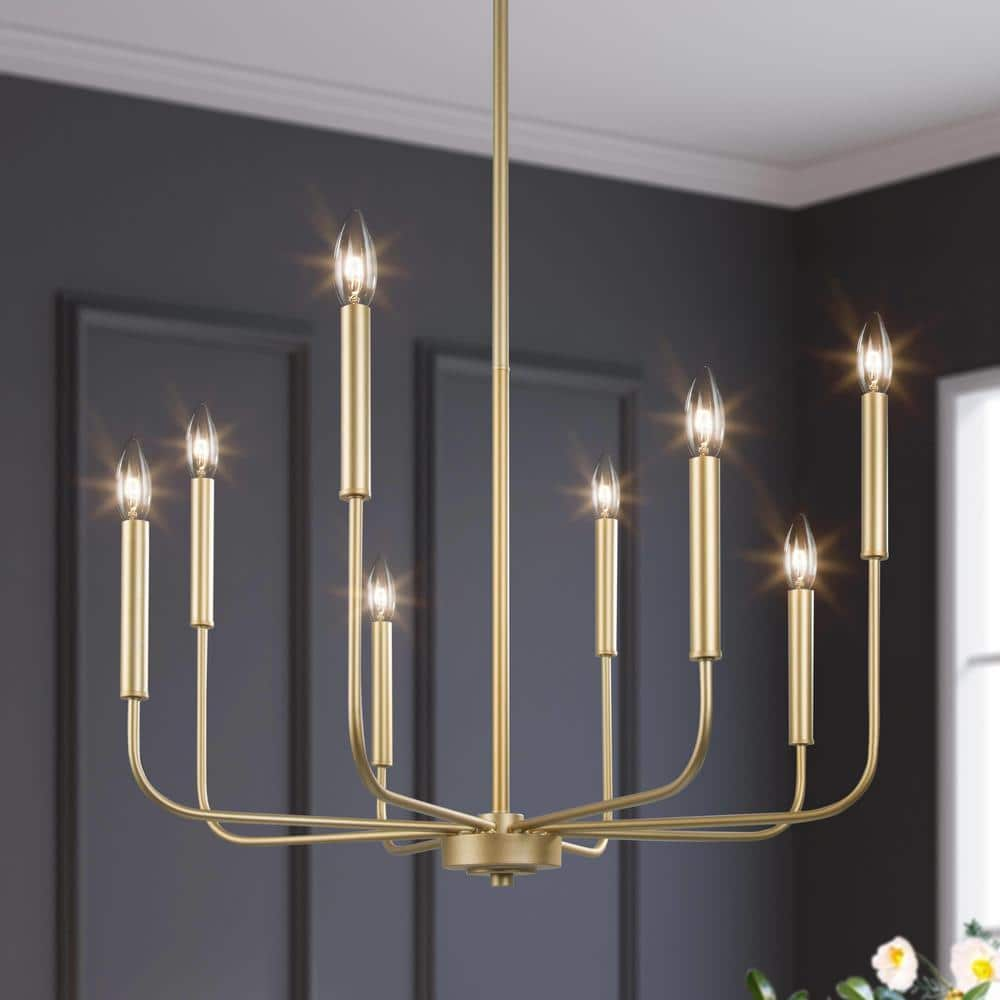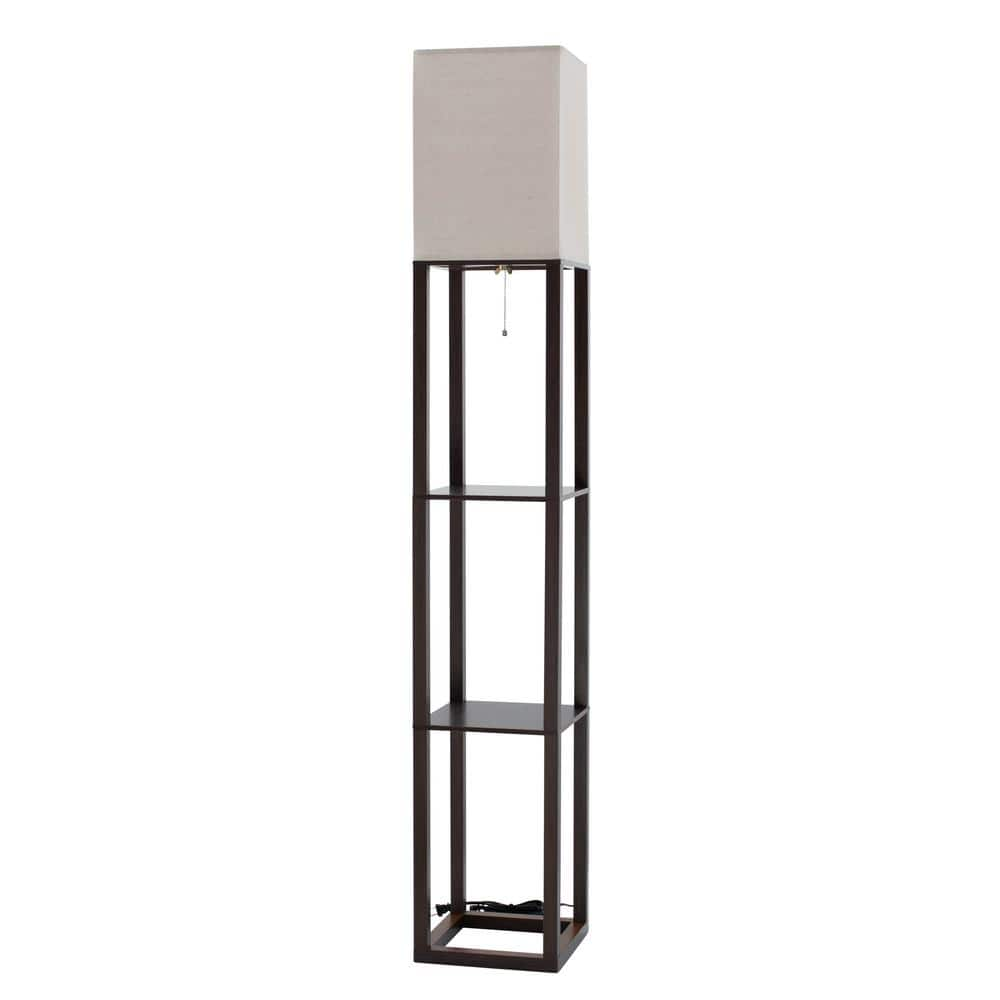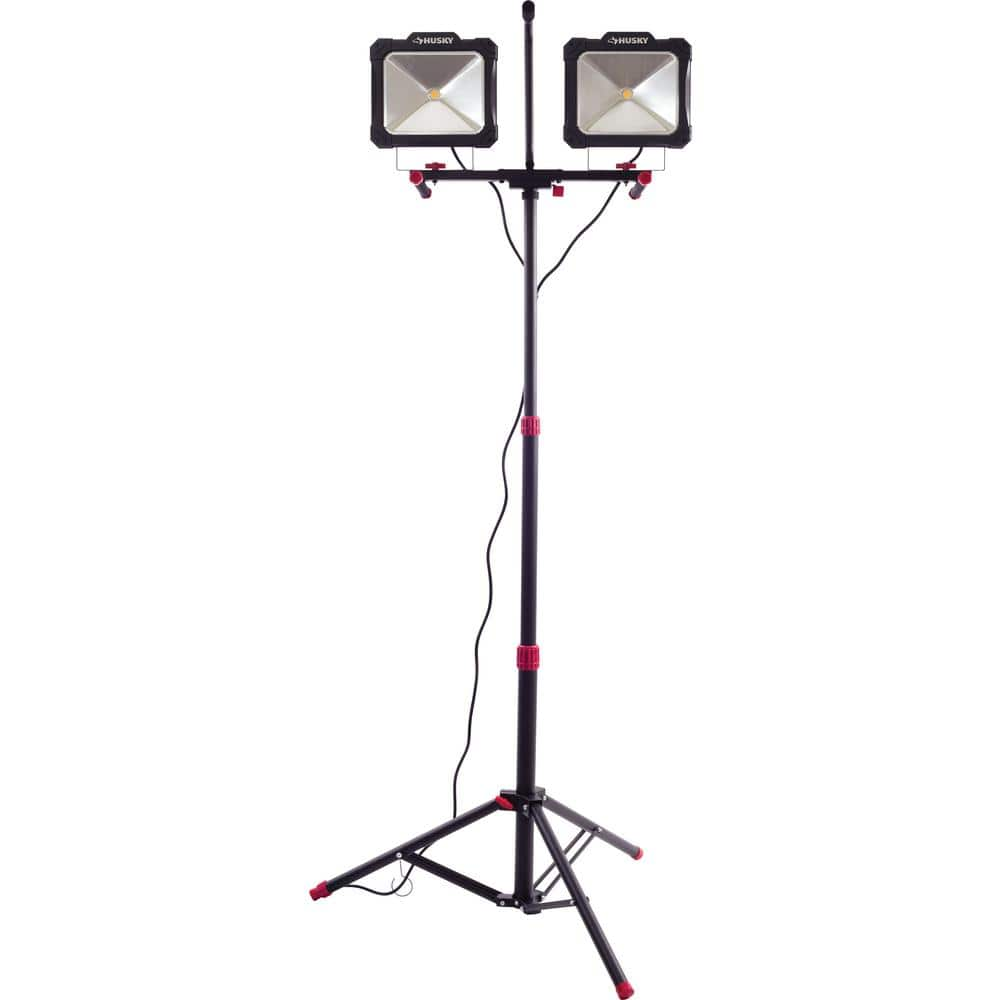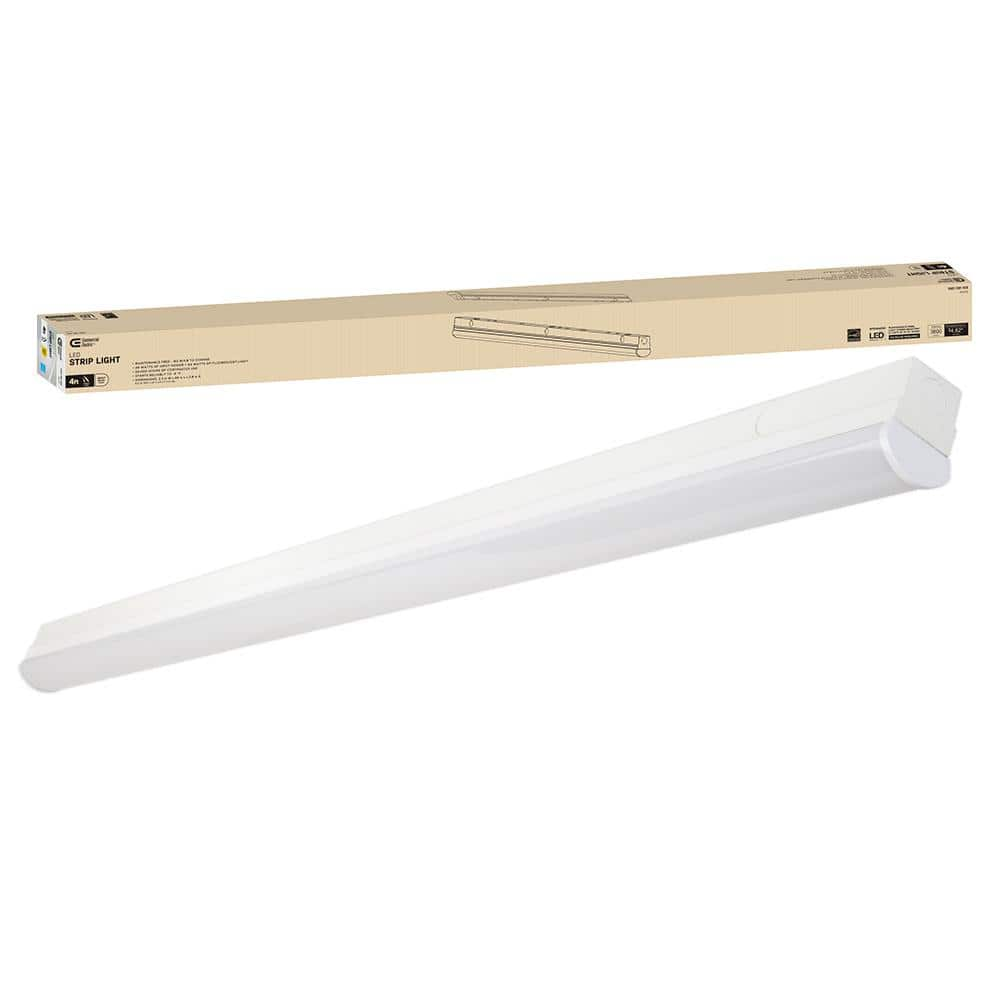LNC Modern Gold Candlestick Island Chandelier Transitional 8-Light Pale Brass Pendant Light for Kitchen Bedroom Dining Area
Gold finish with simple sleek lines features modern touches. Candle style chandelier adds farmhouse and transitional touches. Comfortably sized for a typical dining room, living room, kitchen.
The right lighting can set the mood, create ambiance, and inspire guests the moment they walk into a room or your home. LNC can help you simplify this process with the Newly Updated charming character 8-Light Modern Farmhouse Gold Chandelier Pendant Light. Crafted of sturdy steel, the champagne chandelier features eight classic curved arms with a rich hand-painted brass gold finish. This chandelier based on the traditional design adopts the modern geometric element. The curvy lamp arms comes in two lengths staggering and completely showing the creative charm of modernity. Clean lines and a geometric exterior complete this classic chandelier and the simplicity doesn’t sacrifice the eye-catching aesthetics and generous appearance which shows your unique taste. Candelabra style bulbs (not included) are highly recommended for this asymmetrical chandelier pendant light to enhance the elegant and vintage look. Accenting modern contemporary flair to your various spaces, this minimalist yet sleek traditional chandelier pendant light is ideal for any entryways, living rooms, and dining areas. Listed by UL for proven durability without compromising function and aesthetic value.
- Modern Farmhouse Island Chandelier: With a unique take on comfort and simplicity, this chandelier modernizes the rustic farmhouse candlestick trend with an asymmetrical frame. Eight arms with different lengths are staggered casting beautiful light shadows. At this time, LNC choose the on-trend gold finish to enhance the chic look of this light fixture
- Openwork Design: Easy access bulb replacement and convenient cleaning. To keep the beauty of this island chandelier, please use a soft cloth dampened in water to clean the surface instead of harsh abrasives
- Various Length Options & Sloped Ceiling Adaptable: An adjustable hanging chain ( 39.5 ” ) and two metal down rods ( 17 ” each ) are included in the package and the overall hanging height can be adjusted from 21.5 “(one rod needed) to 76 ” (two rods and a chain needed) according to your actual need. The island chandelier is adaptable to flat, sloped, vaulted, slanted ceilings. It’s a perfect choice to use it to decorate your secret attic
- Assembly Required, DIY Chandelier: Only 5 steps needed to assemble this beautiful gold chandelier. All mounting hardware and directions are included for quick and easy installation. DIYers can get pleasure from the process of decorating your own sweet home
- Bulb requirement: this chandelier suitable for glam interior decor requires (8) max 40-Watt E12 medium bulbs (not included); equivalent LED bulbs compatible, candelabra-style bulbs (not included) are highly recommended for this hanging light to enhance the elegant and vintage look
- Bulb Recommendation: Feit Electric 40-Watt Equivalent CA10 Candelabra Dimmable Filament CEC Clear Glass Chandelier LED Light Bulb, Soft White (4-Pack) (ID# 304117155)
- Dimmable: This modern geometric chandelier is fully dimmable with a compatible dimmer switch and dimmable bulbs to create a perfect atmosphere (switch and bulbs sold separately)
- Light Fixture Dimension: 26″ W x 26″ D x 35.5″ H. Round Canopy Dimension: 5″ D x 1″ H. The modern pendant light of size to fit is suitable for most typical bedrooms, living rooms, kitchen islands, and dining rooms. Thanks to an inclusive style and concise exterior, this chandelier can be reinstalled in another space if you are tired of the original collocation after a long time of use
- Durability: Sturdy metal construction is built to last
- UL listed: Rated for safe use in indoor dry locations
- Warranty: Our 2-Year limited warranty will guarantee your complete satisfaction with your purchase
- Shop for similar hanging lights by searching ID number 316022190 / 318440627 / 317937656 to get beautiful lighting style of LNC
Additional information
| Chain Length (in.) | 39.5 |
|---|---|
| Fixture Depth (in.) | 26 |
| Fixture Height (in.) | 35.5 |
| Fixture Weight (lb.) | 5.7 |
| Fixture Width (in.) | 26 |
| Maximum Hanging Length (in.) | 39.5 |
| Mounting Deck Height (in.) | 1 |
| Mounting Deck Width (in.) | 5 |
| Certifications and Listings | UL Listed |
| Manufacturer Warranty | 2-Year |






by Emma
Beautiful! More than expectation!
by Susan
Very pretty light fixture except that not all the arms are straight. They come straight out but the upright parts of some are crooked and cannot be straightened.
by Diane
The light is even more beautiful in person, I love it!
by Louis
This chandelier look very elegant. I love it!
by James
Installed this beautiful chandelier in our home study. It’s gorgeous and hubby said it was way to install.